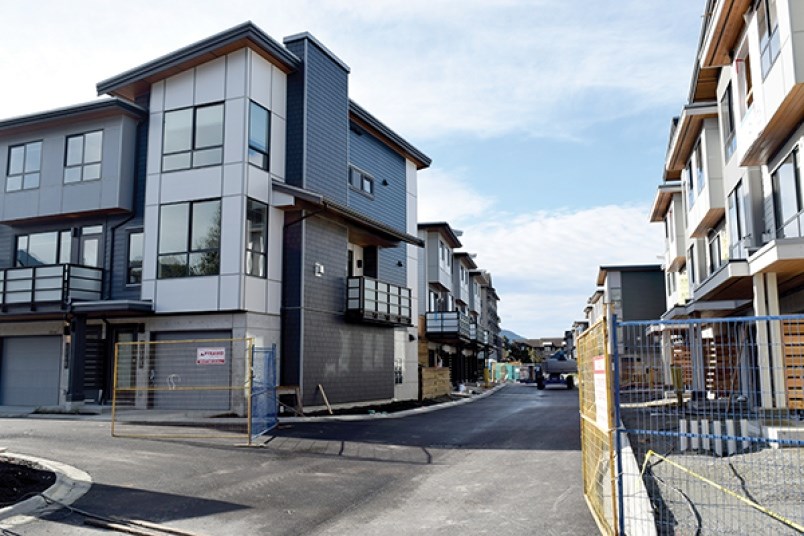Squamish had the seventh highest relative increase in population from 2015 to 2016, according to recent numbers released by the province.
The community grew by 3.01 per cent, beating out every municipality in the Lower Mainland, with the exceptions of Langley and Surrey, which grew by 3.34 and 3.16 per cent, respectively.
Squamish Mayor Patricia Heintzman hailed the results as good news, saying the town’s growth rate hits the sweet spot.
“We’re looking to have a healthy growth rate that’s not too big and not too small. We’d like it to be between two and three per cent,” said Heintzman. “The fact we’re right on three per cent would generally indicate that’s a fairly good growth rate.”
Squamish's population grew from 18,509 in 2015 to 19,067 last year, according to the statistics.
However, she suspected the estimates are too low and said she would like to see if the census, which is due out in February, will confirm the results.
Regardless, it’s common knowledge Squamish is growing quickly, which is turning it into an increasingly pricey place to live.
Taking the top three positions in B.C. are Langford at 6.72 per cent, Mission at 3.9 per cent and Maple Ridge at 3.48 per cent.
The population estimates are made by counting items such as health client registries and electricity hook-ups in an area.
During the same period the population estimates were made, the benchmark price of a single-family detached house in Squamish grew from $591,100 at the end of June 2015 to $762,400 at the same time the following year, according to statistics from the Real Estate Board of Greater Vancouver.
Local realtor Jay Coates believes many new homes are being bought by people who are leaving the Lower Mainland because of its increasing unaffordability.
“We are getting commuters who are working on the North Shore and downtown Vancouver and punching out to Squamish,” Coates said.
The increased demand is also spurring the sale of townhouses and condos.
Coates said it’s not uncommon for new developments to have sold between 50 to 80 per cent of their stock within a few months.
However, he has noted sales appear to have slowed since the 15 per cent foreign-buyer tax was implemented last year.
The rental market is also growing more costly, in part because Whistler’s pricey market has tenants looking for cheaper alternatives.
“This causes a bleed-back to Squamish,” Coates said.
For Heintzman, this means the community must do its part to ensure housing remains affordable.
About a year ago, Squamish waived some costs associated with secondary and laneway suites, she said.
Since then, there has been a significant increase in building permits for these types of projects, said Heintzman, who hopes this will create more supply to meet the demands of the rental market.
“We’ve also just recently approved our first project where 10 per cent of the project is purpose-built rental,” she said. “So those are the types of things that we’re now starting to insist on in any redevelopment or rezoning application.”
Furthermore, Heintzman said for the last year, Squamish has been taking voluntary contributions from developers and putting them in an affordable housing fund, which has grown to about $2 million.
The fund would allow the town to work with developers and non-profits to build more rental housing.




